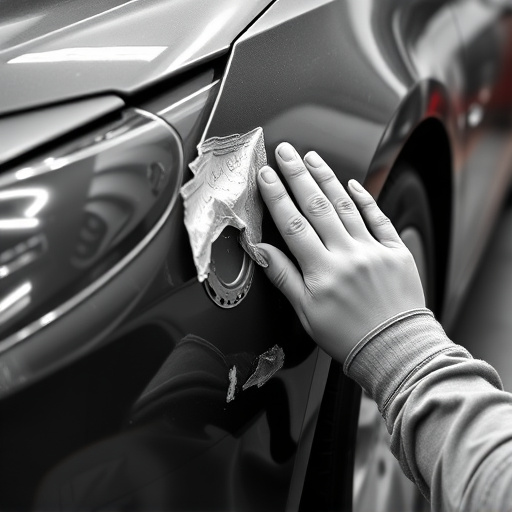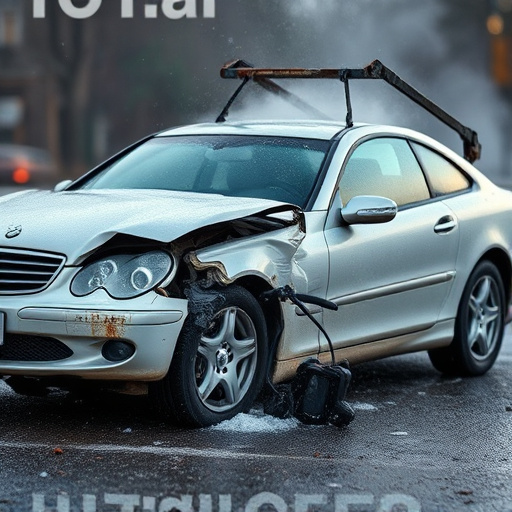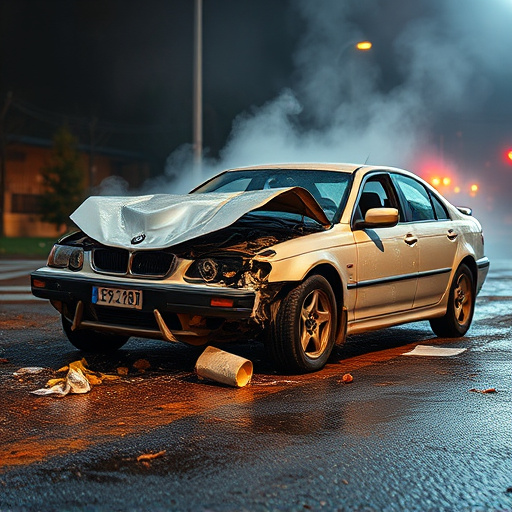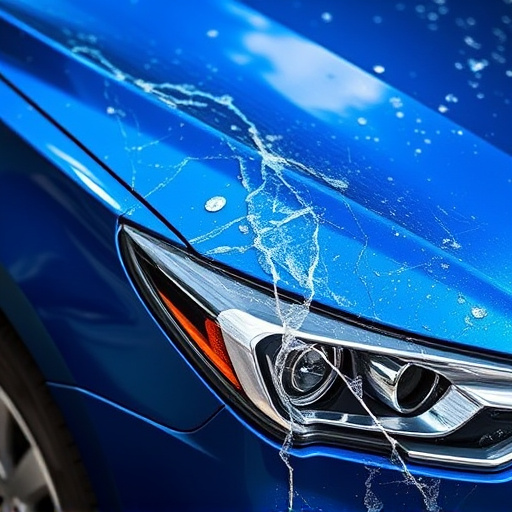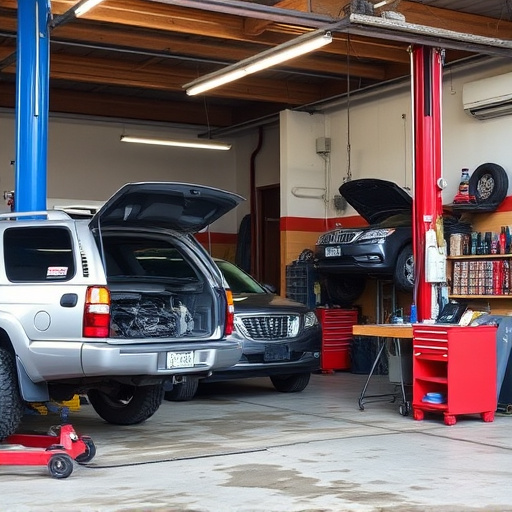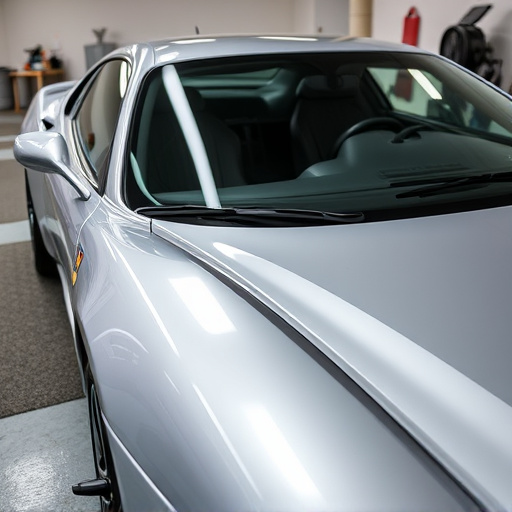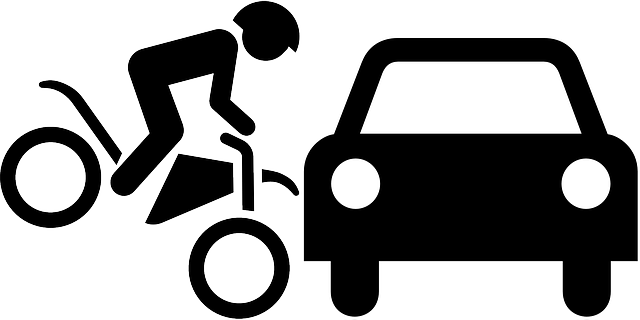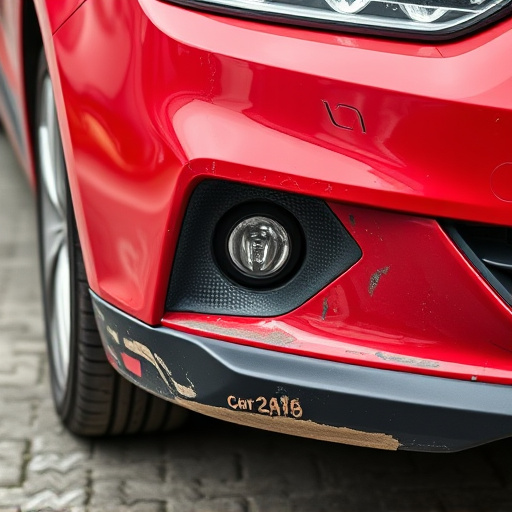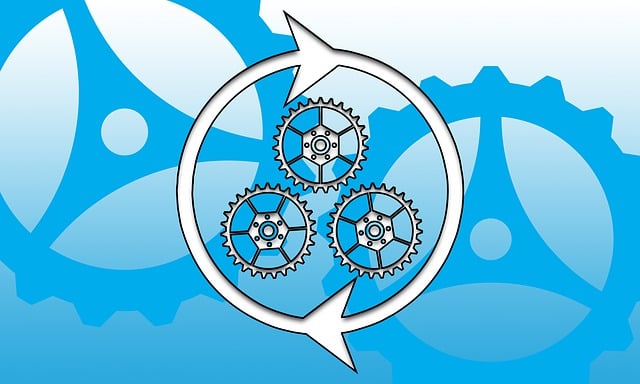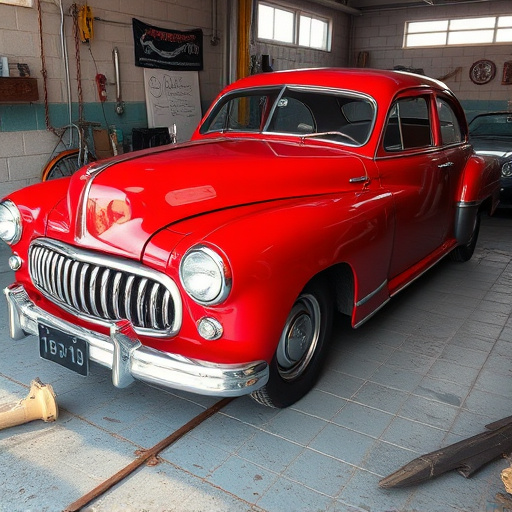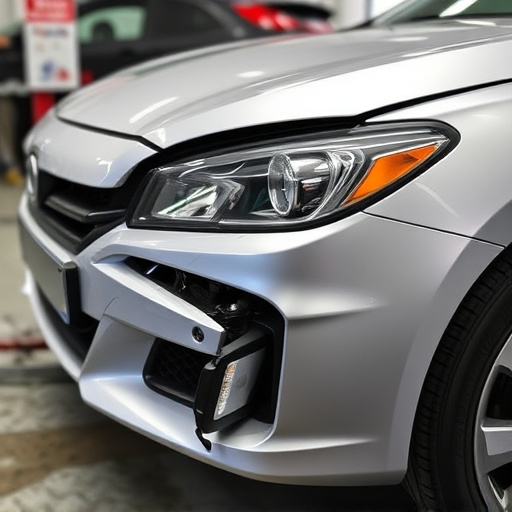Frame damage assessment is a complex, critical step in vehicle repair, particularly after accidents or rust infiltration. Professionals use advanced techniques like specialized lighting, 3D scanning, and meticulous visual inspections to detect subtle structural issues within the frame. This process ensures safety, prevents severe structural problems, and guides effective subsequent repairs, including alignment, measuring displacement, identifying hidden damage, and reliable long-lasting fixes.
Frame damage assessment is a technically complex process due to the multifaceted nature of vehicle construction and the diverse causes of structural degradation. This article delves into the intricacies of frame damage, exploring various types and causes, and highlighting its critical impact on vehicle safety and structural integrity. We examine the technological challenges in assessment, comparing traditional methods with modern digital tools, and analyze the complexities involved in data interpretation and reporting, including the role of computer-aided diagnostics (CAD). Understanding these aspects is essential for accurate insurance claims, effective repairs, and regulatory compliance.
- Understanding Frame Damage: A Multifaceted Issue
- – Exploring the various types and causes of frame damage
- – The impact on vehicle safety and structural integrity
Understanding Frame Damage: A Multifaceted Issue

Understanding Frame Damage is a multifaceted challenge within the realm of frame damage assessment. Each vehicle collision impacts the structure differently, leaving a unique pattern of dents, cracks, and deformations. Traditional auto detailing methods often struggle to capture the full extent of this hidden damage, as it lies beneath the surface, concealed by the exterior paneling.
Auto maintenance professionals must employ advanced techniques and tools to accurately assess frame damage. This involves meticulous visual inspections, utilizing specialized lighting to uncover hidden imperfections, and employing 3D scanning technologies for precise measurements. In the world of automotive repair, identifying subtle frame shifts is crucial to ensure safety and structural integrity, preventing what could be serious consequences during future drives or accidents.
– Exploring the various types and causes of frame damage

Frame damage assessment is a complex process due to the diverse range and nature of potential issues within a vehicle’s frame. Different types of frame damage can arise from various causes, such as accidents, collisions, or even rust infiltration. In a car body shop, technicians must meticulously inspect each component, from the chassis and rails to the crossmembers and firewalls, for signs of distortion, bending, cracking, or separation.
For example, in Mercedes-Benz repair, high-speed collisions can result in severe frame damage, requiring precise measurements and specialized tools to assess and correct the alignment. Similarly, persistent moisture exposure can lead to rust that weakens structural integrity, necessitating careful evaluation and robust repairs to ensure the safety and stability of the vehicle during subsequent vehicle body repair processes.
– The impact on vehicle safety and structural integrity

Frame damage assessment is a critical aspect of vehicle repair that demands meticulous attention due to its direct impact on both safety and structural integrity. The frame, often referred to as the backbone of a car, plays a vital role in protecting occupants during accidents. Any deformation or damage to this component can compromise the overall stability and performance of the vehicle, making accurate assessment crucial before initiating any repair work.
In an auto body shop, experienced technicians employ specialized tools and methods to thoroughly inspect the frame. This process involves examining the alignment, measuring displacement, and identifying hidden damage that might be obscured by the car’s exterior. A thorough frame damage assessment is essential not just for vehicle safety but also for ensuring that a car receiving car paint services or auto detailing treatments has a solid foundation, thereby guaranteeing the longevity and reliability of the repairs.
Frame damage assessment is a technically complex process due to the multifaceted nature of frame damage itself. Understanding the various types and causes, from accidents to corrosion, is crucial for maintaining vehicle safety and structural integrity. Accurate assessments require advanced tools and expertise to ensure proper repairs, preventing further complications and enhancing overall vehicle performance. Effective navigation through this complexity is essential for both professionals and car owners alike, underscoring the importance of meticulous frame damage evaluation in the automotive industry.

